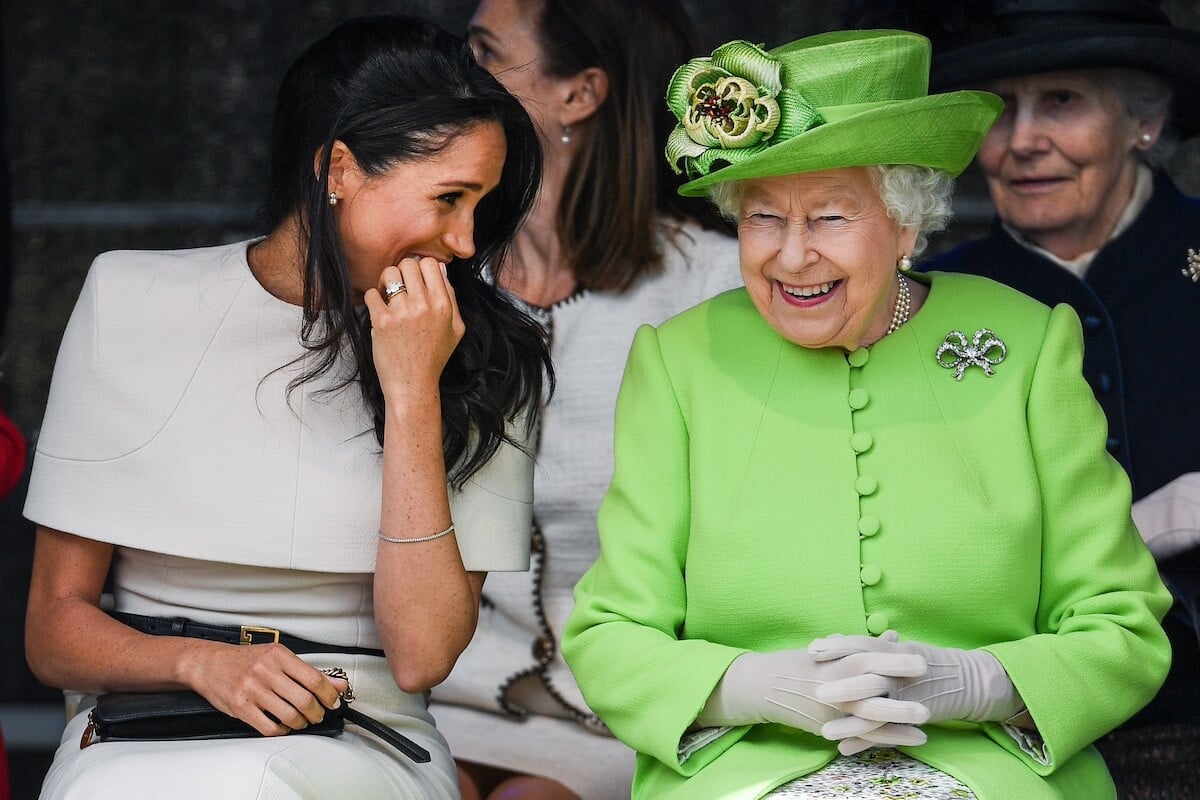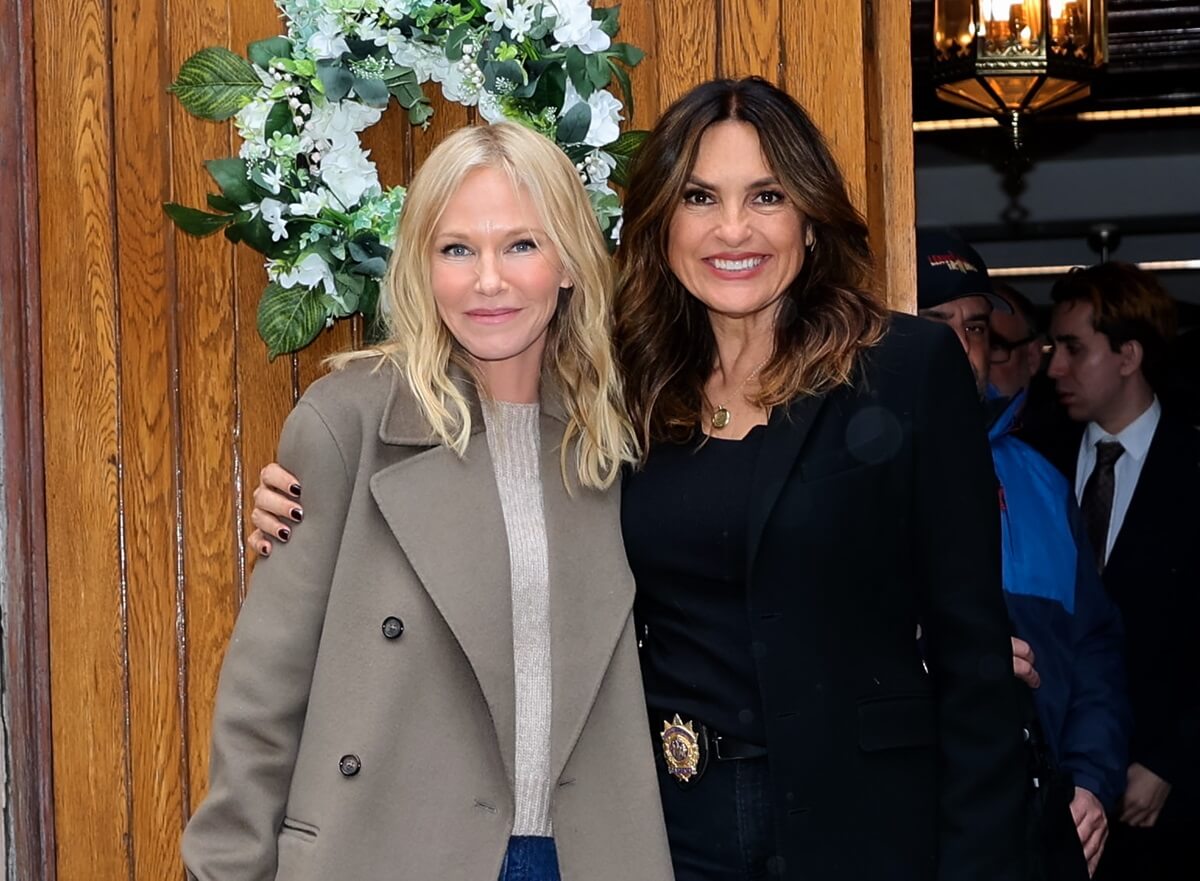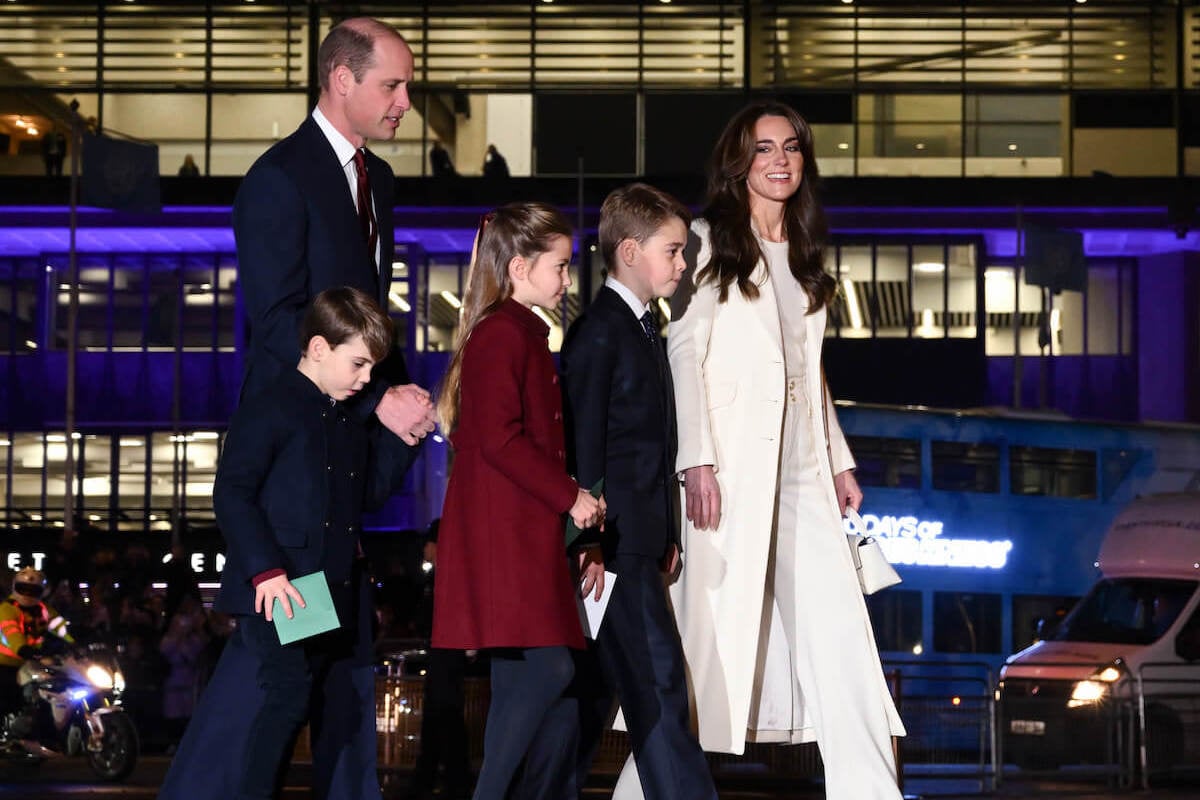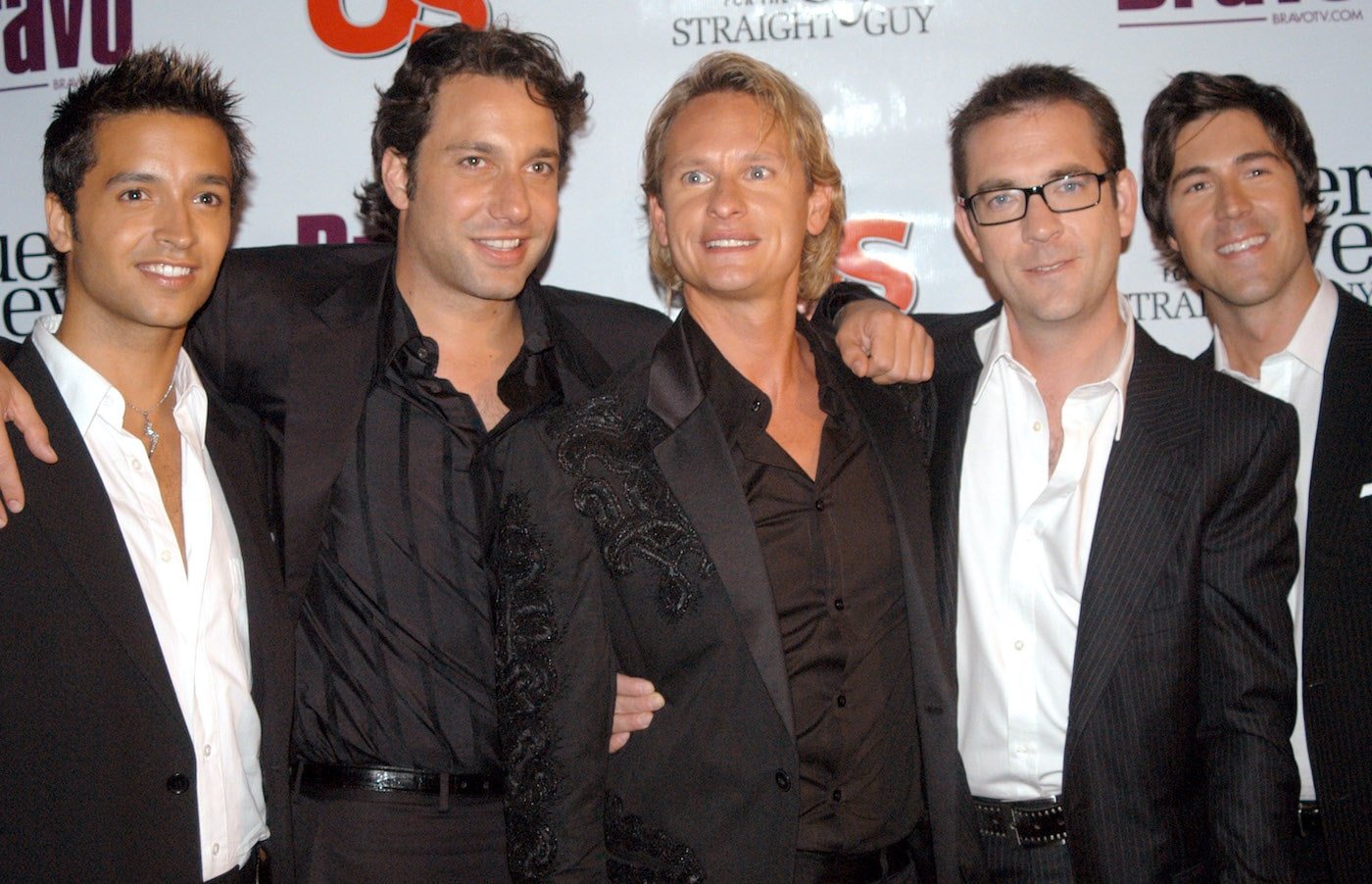
‘Queer Eye’ OG Jai Rodriguez Was Told to ‘Lie’ About His Age – How Did Their Salary Compare to Season 1 ‘Housewives’?
Bravo‘s Original Queer Eye for the Straight Guy star Jai Rodriguez recalled being coached to audition for the 2003 series and that they were paid even less than a first season original Real Housewife. But were they?
Jai Rodriguez was encouraged to lie about his age and background for the ‘Queer Eye’ audition
“I got an audition for Queer Eye. I sat across from a woman like this. And she asked me to take her on a romantic date as a divorced dad living on Long Island. What would be our New York City date? And I knew the city like the back of my hand,” he recounted on the Behind the Velvet Rope with David Yontef podcast.
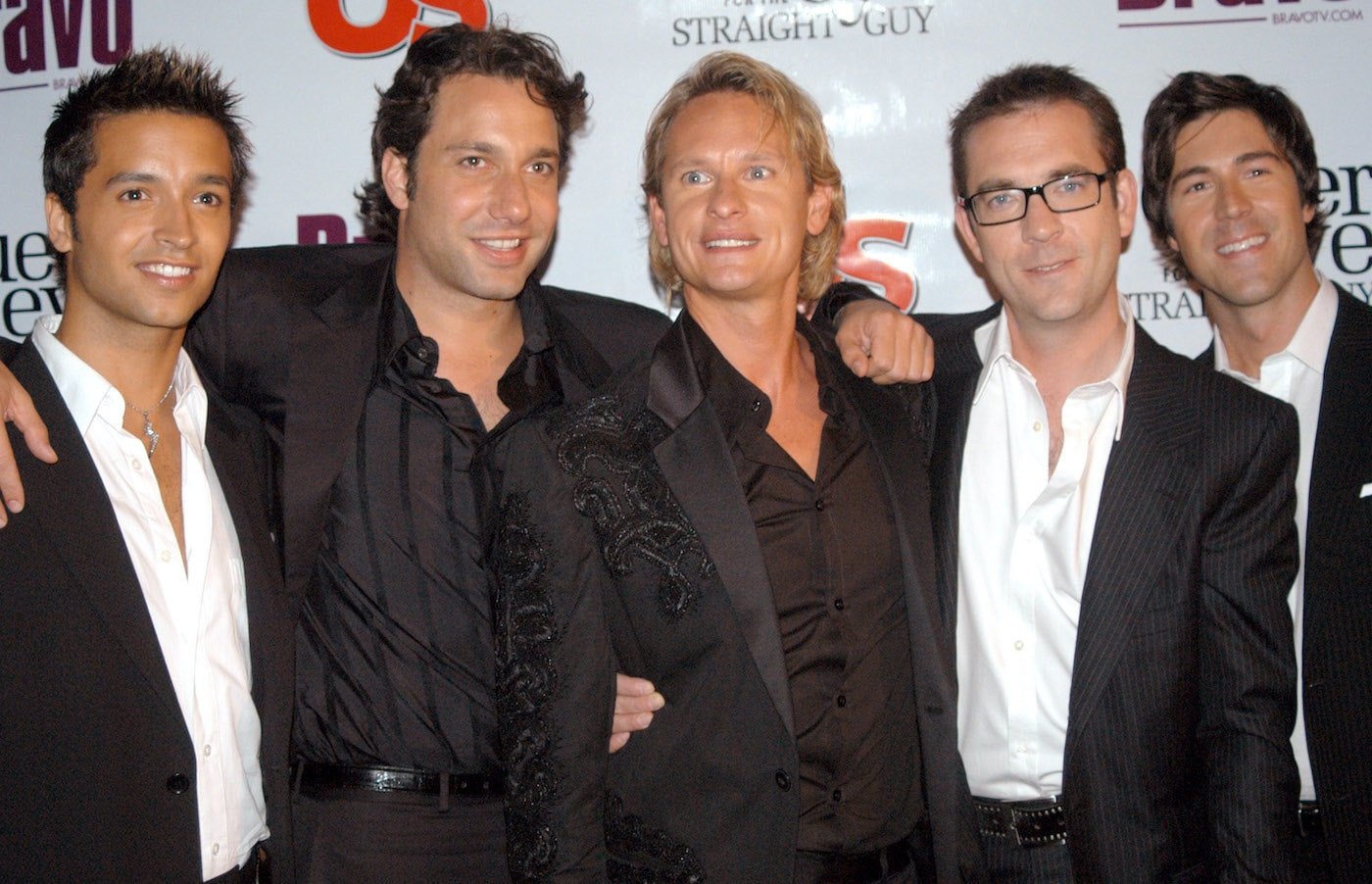
“So I gave her this flowery description of all the unique things we do and she loved that. She said ‘How old are you,’ and I said ’23.’ And she said ‘You’re 27. Where did you go to school?’ I was like, ‘I didn’t graduate.’ She said, ‘You graduated. Give NBC Bravo the same answers tomorrow,'” he recalled being told.
Jai thought he tanked the ‘Queer Eye’ audition
Rodriguez auditioned but unbeknownst to him, he was actually being tested for chemistry with other cast members. “I went in. There were three chairs, a brightly dressed blonde guy, a gay Buddy Holly, and an empty seat. I sat in that one and the board would ask me a question and these two knuckleheads kept trying to discredit everything I said,” he recounted.
“I did not know my purpose being there was a chemistry test with two existing cast members, Carson [Kressley] and Ted [Allen]. No one told me that,” he shared. “So I left like, these guys were upstaging me, there was scene stealing. So in the middle of the audition, once I felt that I was like, I’m just gonna be comedic and funny and quick-witted so NBC will consider me for a sitcom of the future.”
“That was my logic. I call my agent practically in tears and said, don’t ever send me for anything like that ever again. I was humiliated,” Rodriguez recalled.
“An hour later, he calls back and says, guess you didn’t do that bad. You start Monday,” he said. “And that was it. Like there was no great and then I remember you know, the first couple episodes struggling to find my way.”
‘Queer Eye’ cast paid only $3,000 per episode for season 1
Queer Eye launched at the dawn of Bravo, which meant the network didn’t have the massive budget it has today.
“I just heard Bethenny Frankel, shout out to Bethenny Frankel, talking on her Podcast or TikTok, talk about how much she made [RHONY] Season 1, which I think was like, I think she said, $7,500 per episode,” he said. Frankel has actually said she made around $7,500 for the entire first season of RHONY.
“Let me tell you something about our $3,000 episode starting rate and it’s 20 out so I hope the producers, whoever involved, don’t take offense to this,” he said. “When we did the show, I had already had half a decade of TV, film, whatever work behind me. Not just what I did, but my peers, and people who created shows. I had the wealth of knowledge of how the industry worked walking it at 23.”
“I might have looked like a child, but I knew what was what. So I knew it was not a lot of money. But I was working again for $400 a week and I was like, I’ll take it,” he said.
‘Queer Eye’ exploded – so the cast wanted more money
“But when the show hit in such a way that we were suddenly on the cover of things blah blah, we had these ad sales coming in. Influencers now hold a can of something and they get paid a lot of money to do so,” Rodriguez said.
“Products that appeared on our show went to the producers and the networks in terms of like, the money. We were influencing but we did not get paid for that,” he said. “We also, in my opinion, with my life that I’ve done now many shows, we were also producers of our own segments in tandem with the producers, and that was our only negotiating power.”
“So when the show was going to season two, we tried to negotiate and they said, you’re not producers, you can’t. And I said, well, then you tell us what to paint the walls, you tell us what to put the guy in,” he said. “They came up to I think it was like $7,000 an episode, and with $500 bumps every year.”
